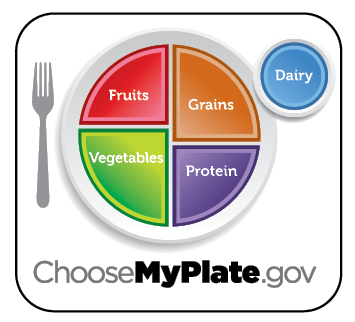Now You're Cookin': Shopping for Family Meals
(FN693, Reviewed August 2021)Enjoying more family meals takes a little planning, but it’s worth the effort. Children who eat with their families do better in school, are less likely to take part in risky behavior (such as smoking and drinking alcohol) and are less likely to have symptoms of depression. Children who eat more family meals have an overall healthier diet, compared with children who eat fewer family meals. They eat more fruits, vegetables, grains and calcium-rich foods, and they drink fewer soft drinks. Enjoy more family meals by taking some time to plan your menus and your shopping trips. Involve your family in menu lanning, shopping, preparation and cleanup. Children can learn valuable life skills, such as cooking and communication kills, when helping in the kitchen. They learn to appreciate a variety of foods as they help plan and shop for meals.



